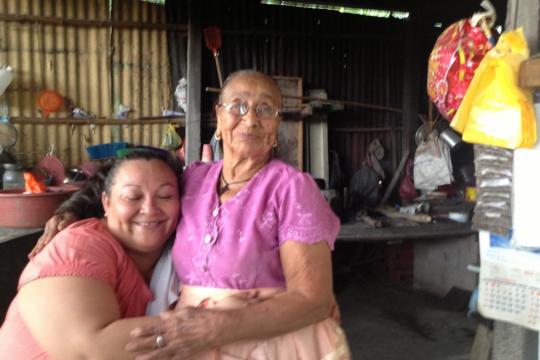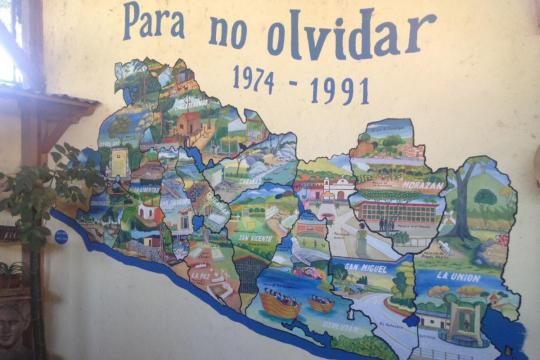Migration has been an important part of the Salvadoran story for decades. Faced with high population density, few natural resources, and high unemployment, migration is sometimes the only route to economic opportunity. A spike in gang violence in El Salvador in recent years is prompting a greater sense of desperation to move teens to safer havens, away from gang violence and forced recruitment.
In one recent study, more than one quarter of those surveyed indicated that they would like to migrate in the next year. 1
About one-third of Salvadorans live outside the country, primarily in the United States. Remittances from abroad bring more than $3.5 billion a year into the country. Some observers worry that this flow of cash undermines the work and savings ethic of those who stay behind. Migration often means that families are fragmented, even as one or more family members dutifully send money back to the others at home.
The rise of gang violence in El Salvador in recent decades is in some part a function of migration. Experts say that the gangs were born in Los Angeles, where young Salvadoran immigrants whose families had fled the civil war became involved on the streets and in prisons, and were then deported back to El Salvador. Migration north by men in search of jobs has also meant that young men were unsupervised in single parent homes and may have been susceptible to gang recruitment in urban barrios.
In 2018-19, larger numbers of families and unaccompanied minors have traveled north to the U.S., and renewed media attention focuses on American efforts to turn back those migrants at the border, as well as on tragic deaths and the difficulties immigrants face en route.
American culture is somewhat evident in El Salvador, in stores, restaurants and malls, and Salvadorans actually use the U.S. dollar as their currency. At the same time, for a country that has had so many of its residents living in the United States, relatively few people speak English. American films in translation are common on TV and at movie theaters, and lean toward the more violent end of the American media spectrum.
- 1José Simeón Cañas, "Encuesta de Evaluación del año 2012: Consulta de Opinión pública de noviembre de 2012," Instituto Universitario de Opinion Publica (2012): 14, accessed August 29, 2013, http://www.uca.edu.sv/publica/iudop/archivos/informe131.pdf.


